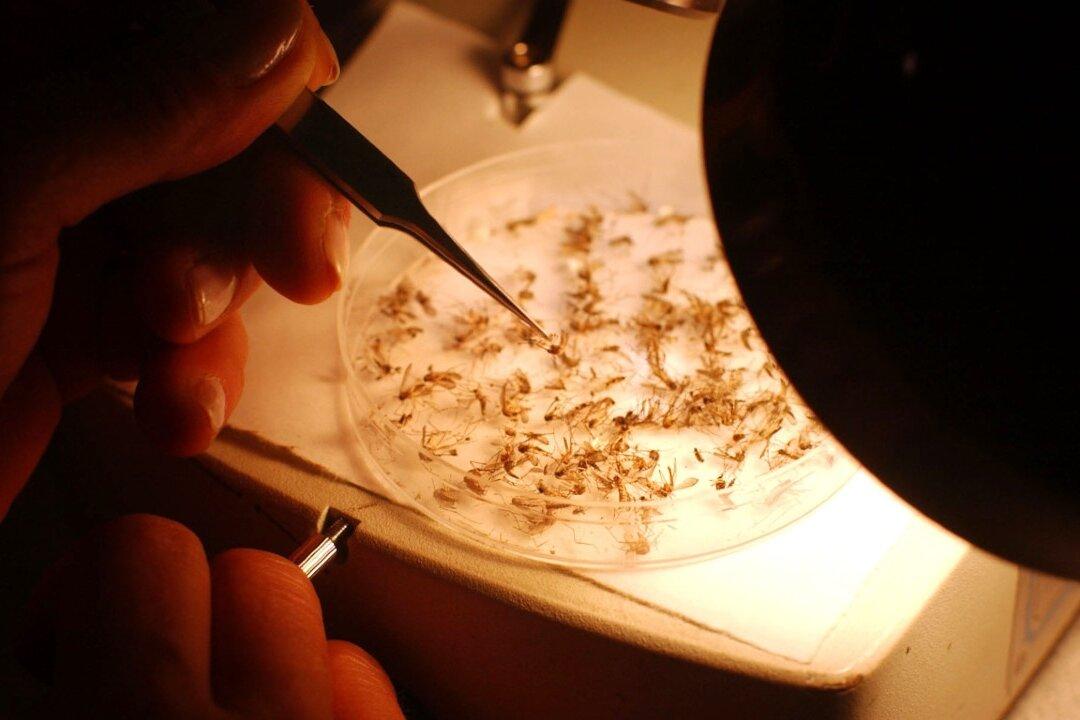Authorities in Massachusetts will start spraying for mosquitoes in two counties to mitigate the risk posed by eastern equine encephalitis (EEE) after several towns and cities issued curfews over the disease, the state’s health department announced on Aug. 24.
The state health and agriculture departments will carry out “aerial spraying” in parts of Plymouth County as well as “truck-mounted spraying” in parts of Worcester County.





